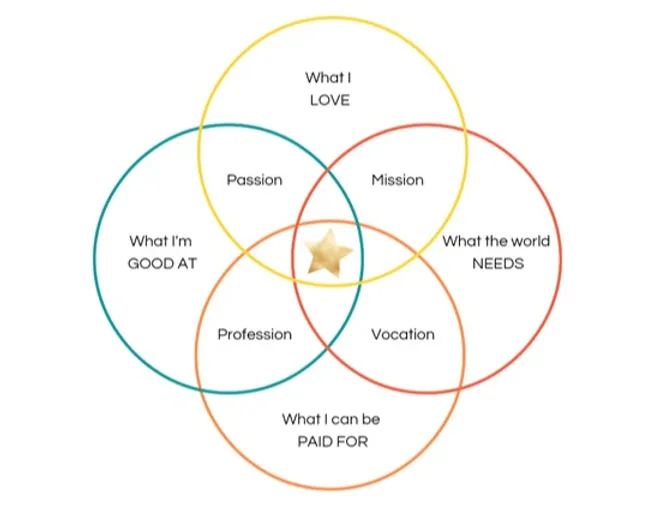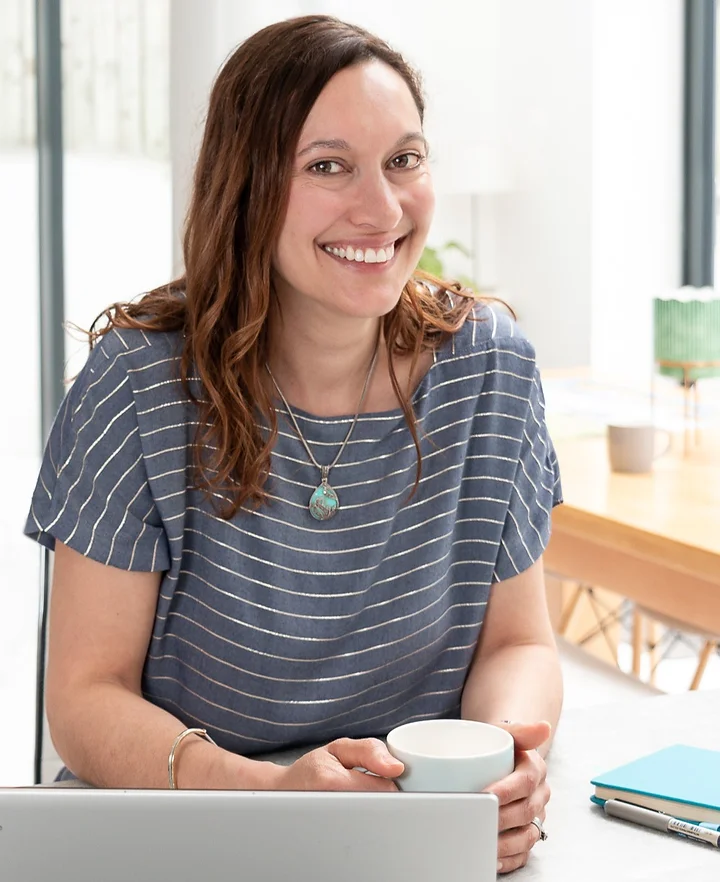Put on your oxygen mask before helping others.
We understand how that works in the air, but how can we apply that to life on the ground?
Well, if you don’t prioritise yourself and create a solid foundation, then you won’t be in a position to best support those around you. Ignoring your needs also inevitably results in dissatisfaction and unhappiness. And life is too short for that!
After I had my daughters, I spent quite a few years without my oxygen mask on, running myself into the ground, working full time, commuting, the list goes on. Always feeling like I was serving others and entirely forgetting about myself.
So with the experience of hindsight, I hope this blog post helps you to bring your focus back where it belongs.
Studies show that working mothers are 18% more stressed than other people, which rises to 40% more if you have two children.
Putting yourself back into the picture isn’t about being selfish or disregarding the needs of others, but there is a need to stop feeling guilty about putting yourself first. Without a solid self-care foundation, and without knowing who you are and what makes you tick, you can’t be the best version of yourself.
And it’s that best version of yourself that allows you to create the life you want. It allows you to feel confident in asking for what you need. It gives you the self-belief to make changes you didn’t think were possible.
1) Find your purpose
Having purpose allows you to take ownership of your life, to do things that bring you joy and to have the confidence that every decision you make is for the right reason.
So where do you start? I’ve found the Ikigai model to be really helpful when you first start thinking about your purpose.
Work through each section in turn, freeing your mind of any limiting beliefs and noting down everything that comes to mind. It will take time to get to that sweet spot, but enjoy the process.

The Ikigai Model
2) Understand your values
Values are our core belief system. They underpin our decisions and our behaviours and they can change with parenthood, so familiarising yourself with what you stand for contributes to that solid foundation I mentioned at the start. So consider these questions:
- What’s important to you in your life?
- What do you stand for?
- What do you enjoy doing?
- When do you feel satisfied and fulfilled?
Now, without overthinking, write down your top five values and think about a time where you’ve noticed them coming into play.
For example, I turned down a coaching contract because the company was marketing itself in a way that didn’t align to my core values of transparency, honesty and trust.
Reflect on your values and start to become conscious of how they influence your daily life. And if you need help knowing what values you hold, there are plenty of lists online.
3) Create a new vision for yourself
The final part of the puzzle is knowing where you want to get to and by when. Using timeframes (three months, six months, one year, three years, five years) makes this more manageable.
Think about work, family, personal development, income and anything else that’s important to you.
When you’ve identified what you want in each of those areas, think about what might be standing in your way. What’s stopping you from achieving that vision? And what’s the one thing you can put into action today to take one step closer?
My final thought is to remember that this is a journey to be enjoyed. And you can look forward to putting yourself back in the picture.
This blog post was written by Ayesha Murray, career and work life balance coach.
You can find out more at www.ayeshamurray.com or listen to her podcast, The Parent Equation, on Apple, Spotify or Audible.
December 23, 2021

